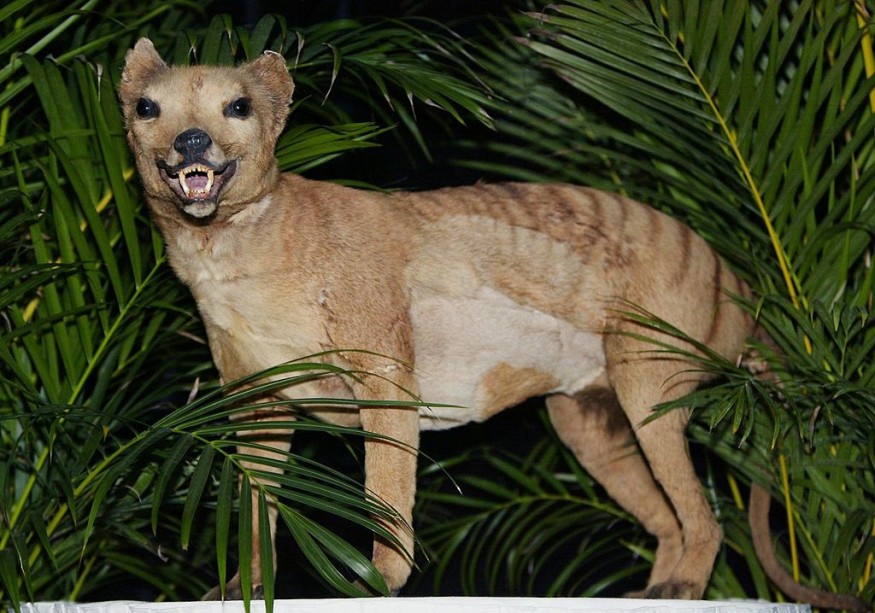The last known thylacine remains, which were long believed to be gone, were kept in a Tasmanian museum's collection.
Recent discoveries by researchers revealed that the bones were added to the Tasmanian Museum and Art Gallery (TMAG) collection in 1936.
European settlers hunted the thylacines in Tasmania in the 1800s after blaming these animals for cattle losses. Although, in most cases, wild dogs and poor human habitat management were to blame.

Last Female Thylacine Found in Zoo
According to a TMAG press release obtained by CNN, the female thylacine, often known as the Tasmanian tiger, passed away at the Hobart Zoo on September 7, 1936, putting an end to her species.
The animal passed away a few months later, and its corpse was brought to the museum. However, CNN mentioned that the zoo didn't keep any records of the transaction since ground-based snaring was prohibited, which might have resulted in a fine for the trapper.
The tiger, housed in TMAG, was believed to have lost its skin and skeleton after being used as a traveling display to teach the animal's anatomy.
"For years, many museum curators and researchers searched for its remains without success," researcher Robert Paddle said (per Independent).
"No thylacine material dating from 1936 had been recorded in the zoological collection, and so it was assumed its body had been discarded," Paddle added.
The final thylacine was languishing in the museum's storeroom when Paddle and another curator came upon an unpublished taxidermist's report.
How Researchers Found It Was Indeed a Tasmanian Tiger
Subsequent research by Dr. Paddle and Kathryn Medlock, curator of vertebrate zoology at TMAG, discovered the location of the last known thylacine's remains.
In the museum's unpublished 1936-1937 annual report, according to Dr. Medlock, a taxidermist's report was found that included a thylacine among the species they worked on.
As a result, all of TMAG's thylacine bones and skins were examined.
"We tried to work out which specimens we could trace to something. There was just a skeleton and flat skin left over," Dr. Medlock said (per Port Lincoln Times).
With a taxidermist's assistance, the researchers could identify the specimen. It was not documented as a research specimen; instead, it was used as a teaching tool.
Why Nobody Knew About Its Significance
Medlock said per ABC News that the specimen's skin was moved throughout the country as a traveling display as a result of improper cataloging and recording, with museum workers blissfully unaware they were touching the last of the species.
He added that the specimen's disappearance was also partially explained by the fact that no one thought the female thylacine was the only one alive when it passed away.
Dr. Medlock reported that the skin and bones had been relocated to the museum's zoological division in the Rosny neighborhood of Hobart.
RELATED ARTICLE : Bringing Back The Tasmanian Tiger From Extinction, Sightings Reported In Australia
Check out more news and information on Tasmanian Tiger in Science Times.
© 2025 ScienceTimes.com All rights reserved. Do not reproduce without permission. The window to the world of Science Times.











